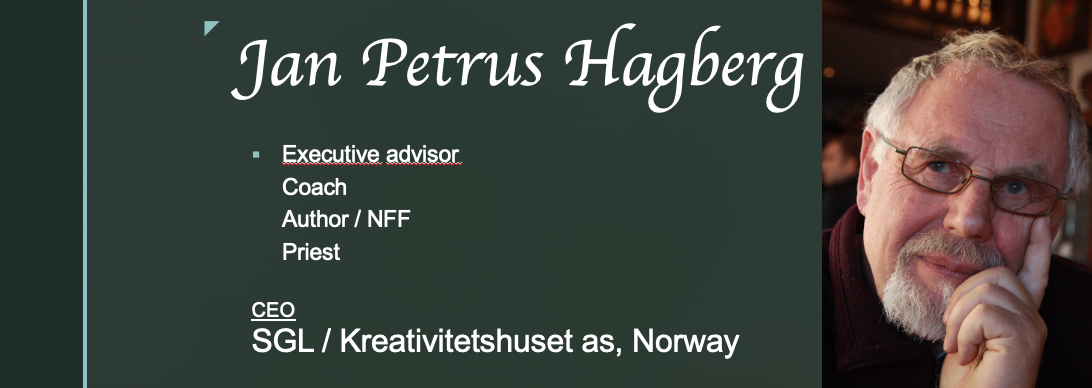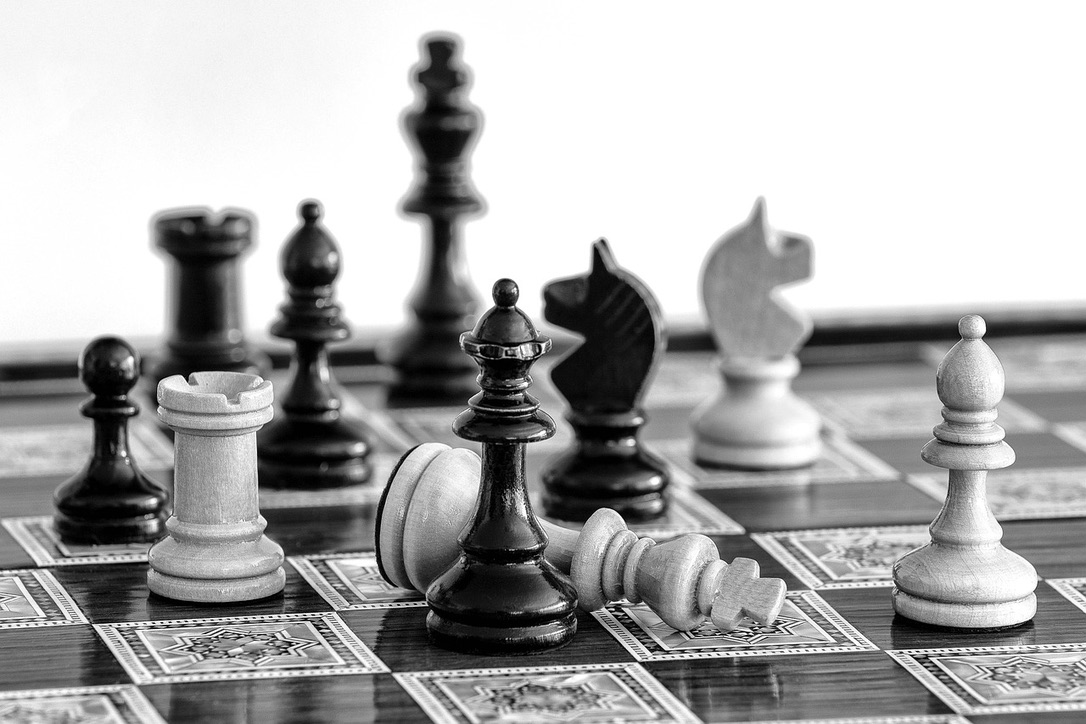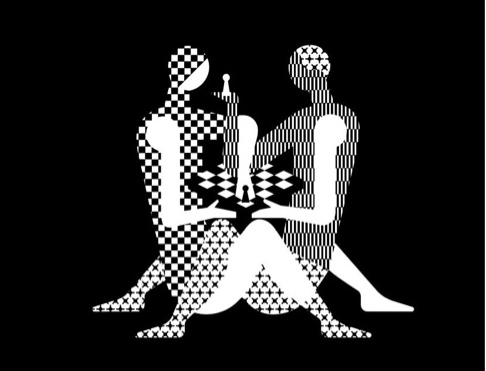



There is something archetypal about the game of chess. This means that it has engaged and continues to engage Hindus, Muslims, Christians, Buddhists, and atheists worldwide. The whole thing is a mystery unless one seeks the ‘history within history’ of its success – why is it so? The connections to India and Hindu culture are well known. Most now acknowledge that chess can be traced back to India around 500 AD or at the same time as the Tantra movement in the Hindu religion. This phenomenon was made very clear in the logo of the Chess World Championship in London in the fall of 2018, where the chessboard was integrated into a typical tantra position, to the delight of many and the outrage of others.
Most people have discovered that we are not equal, neither in appearance nor in abilities. In India, centuries before our current era, people began to value individuals based on their functionality, such as warriors, hunters, farmers, and priests. The Veda literature from around 5-600 BC tells of this and is the beginning of the Hindu caste system that still exists in India. Towards the end of this period, people began to systematize such obvious experiences, such as the recognition that people had different personal qualities and different behavioral roles from birth. This led to the religious coloring of four social main functions that all had their roots and properties from the almighty god Brahma. These subdivisions obviously arose from human experience. Therefore, what was “true” in Indian culture could also be experienced as a “truth” in all other cultures. We can talk about an archetypal, timeless, and global recognition of the obvious. Thus, we catch a glimpse of the religious and social prerequisites for the mysterious success of the game of chess. The chess pieces simply mirror a lot of ourselves.
Think of chess pieces as symbols of who you are. Your personality, which is how you usually act, feel, and think, is mostly due to your genes from your family. These genes are chosen randomly when your mom and dad had you. Your interests and talents are also due to these genes when you were just a fetus. Imagine life as a game of chess, what if you behaved or thought like a particular chess piece? Let’s explore this SGL-idea some more.
a rational noble/ “Warrior”
an innovative artist/ “Warrior”
a wise man/”Helper”
a loyal servant/ “Helper”

“The key to the ancient secrets are quite obvious, once you start to see. It’s about inheritance and environment, which until recently have been considered a 50/50 game of chance. The exploration of the significance of genetics for life and living conditions is however in the process of completely changing the picture. To our amazement, we discover that the ancient insights have hidden some secrets we have refused to see. This has major consequences for our view of who we are, and why we become who we become. But it also has consequences for our view of class differences and class struggle, and our opportunities to create a “paradise” on earth. In short, the concept of “destiny” becomes relevant again as an explanation for being who you are. However, let us not lose heart. If you are conceived and born with certain traits beyond your control, you still have the opportunity to become the best version of yourself. That’s what these secrets are about: Be who YOU are! To be able to develop yourself, you must first know yourself before characterizing and influencing others. Therefore, let us begin by exploring the ancient stories to see what they say about our lives here and now.”


Most people have discovered that we are not equal, neither in appearance nor in abilities. In India, centuries before our current era, people began to value individuals based on their functionality, such as warriors, hunters, farmers, and priests. The Veda literature from around
5-600 BC tells of this and is the beginning of the Hindu caste system that still exists in India.
På en polyteistisk måte, basert på de hellige skrifter, respekterer den klassesystemet, oppstandelsen og tilstedeværelsen av hovedguden Brahma. Kongen og hans embedsmenn ble videre ansett for å være av guddommelig opprinnelse. Dette gav monarkiet full kontroll, bl.a gjennom brahmanene som ble utnevnt til å håndheve rettferdighet i disse kongedømmene. Videre var den føydale eliten sammensatt av lavere tjenestemenn som igjen hadde store landområder under sin kontroll.
Towards the end of this period, people began to systematize such obvious experiences, such as the recognition that people had different personal qualities and different behavioural roles from birth. This led to the religious colouring of four social main functions that all had the
roots and properties from the almighty god Brahma. These subdivisions obviously arose from human experience. Therefore, what was “true” in Indian culture could also be experienced as a “truth” in all other cultures. We can talk about an archetypal, timeless, and global
recognition of the obvious. Thus, we catch a glimpse of the religious and social prerequisites for the mysterious success of the game of chess.
The chess pieces simply mirror a lot of ourselves.